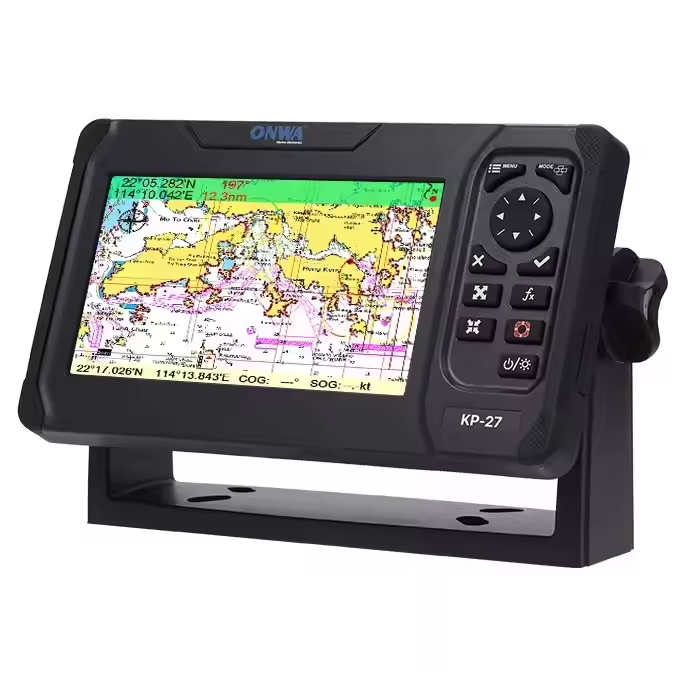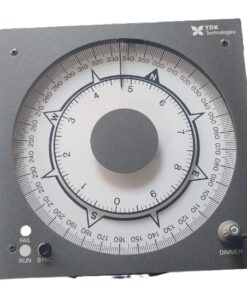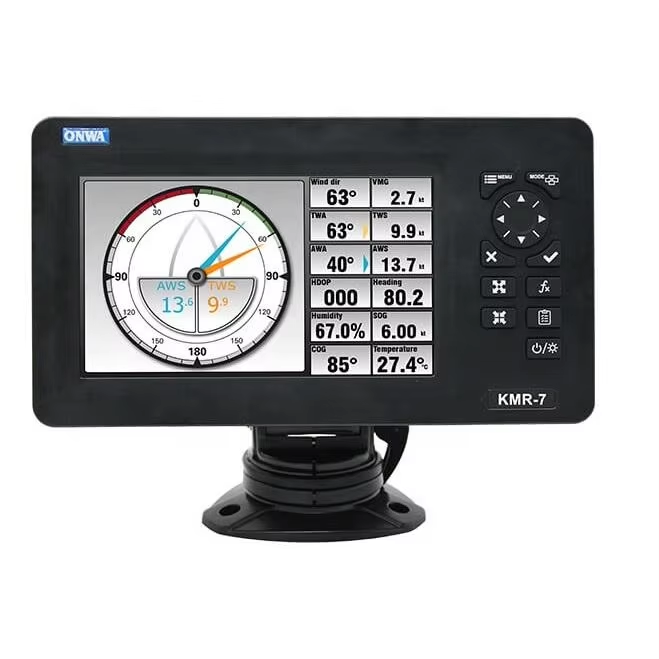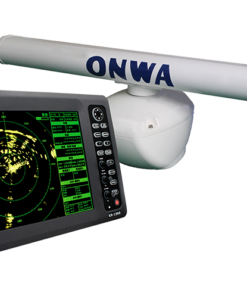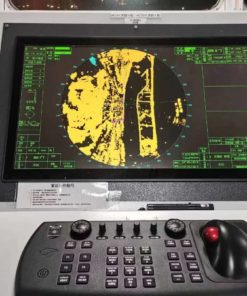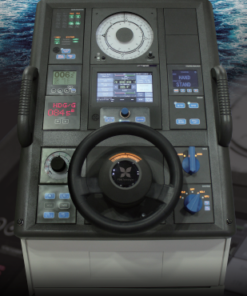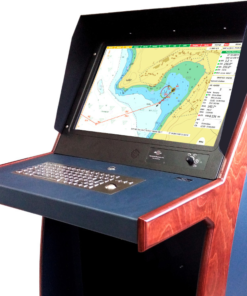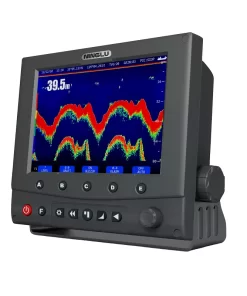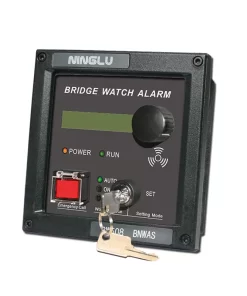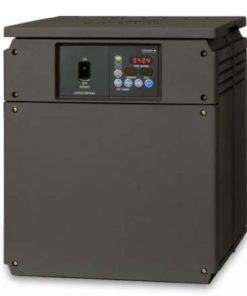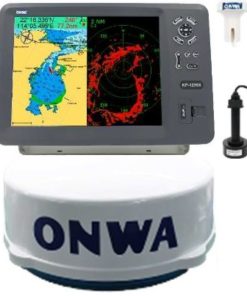Integrated bridge system (IBS)
A Marine Integrated Bridge System (IBS) is a sophisticated navigation system used on ships to integrate various navigation and communication equipment into a centralized control interface. The IBS consolidates radar, electronic chart display and information systems (ECDIS), automatic identification systems (AIS), GPS, gyrocompass, autopilot, and other navigational aids into a single user-friendly interface.
The primary purpose of an IBS is to enhance navigation efficiency, safety, and situational awareness for bridge officers. It provides real-time data on vessel position, course, speed, surrounding vessels, navigational hazards, and weather conditions. By centralizing control and display functions, an IBS streamlines decision-making processes and reduces the workload on bridge personnel.
Furthermore, IBSs often feature advanced functions such as route planning, collision avoidance algorithms, and integration with other onboard systems like engine controls and dynamic positioning systems. Overall, IBSs play a crucial role in modern maritime navigation by improving operational effectiveness and reducing the risk of accidents.


